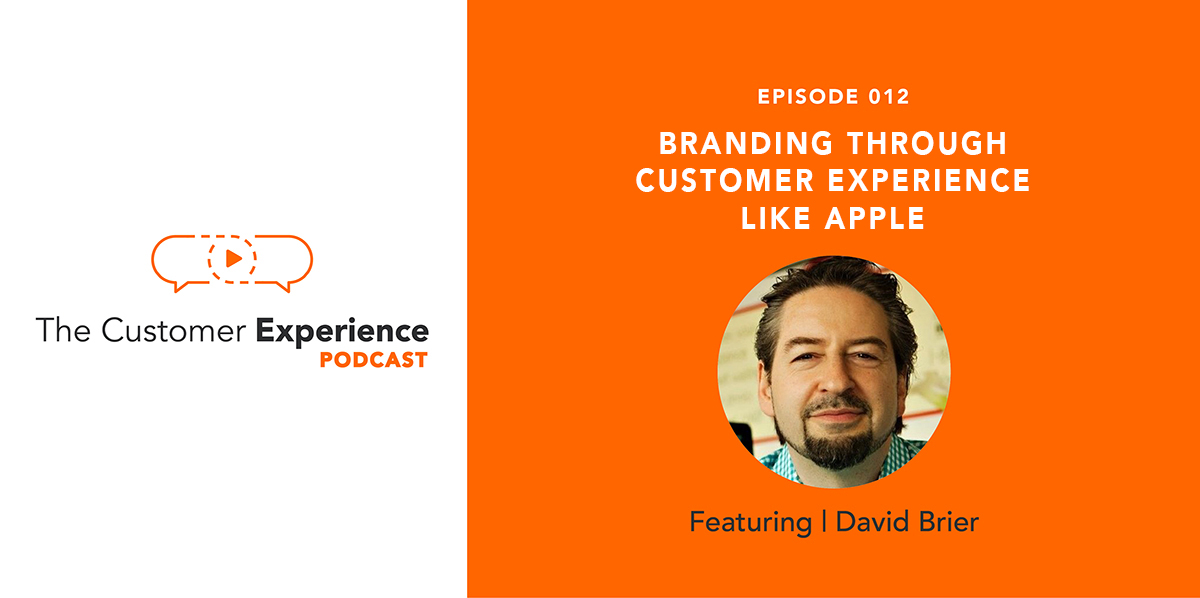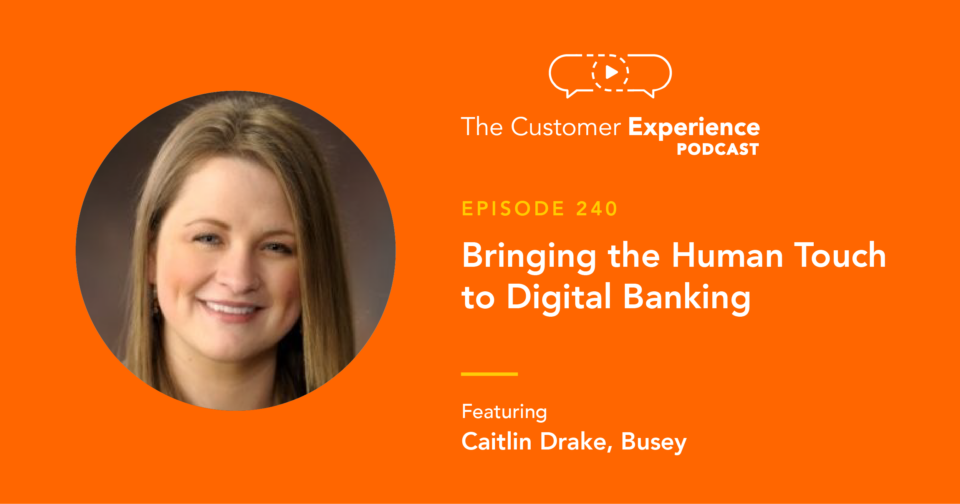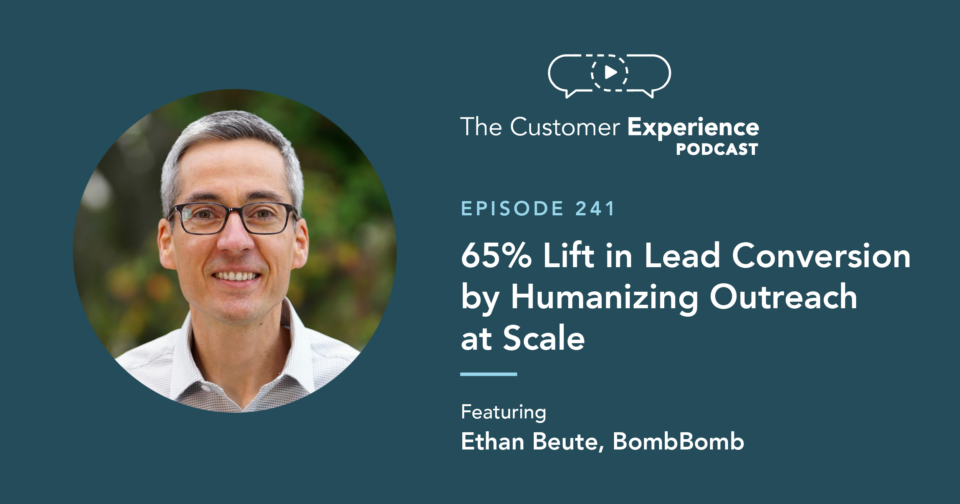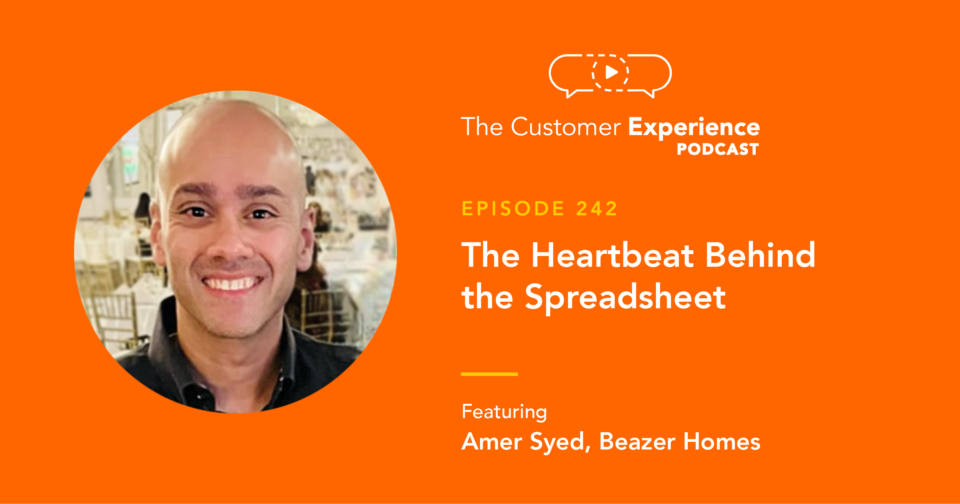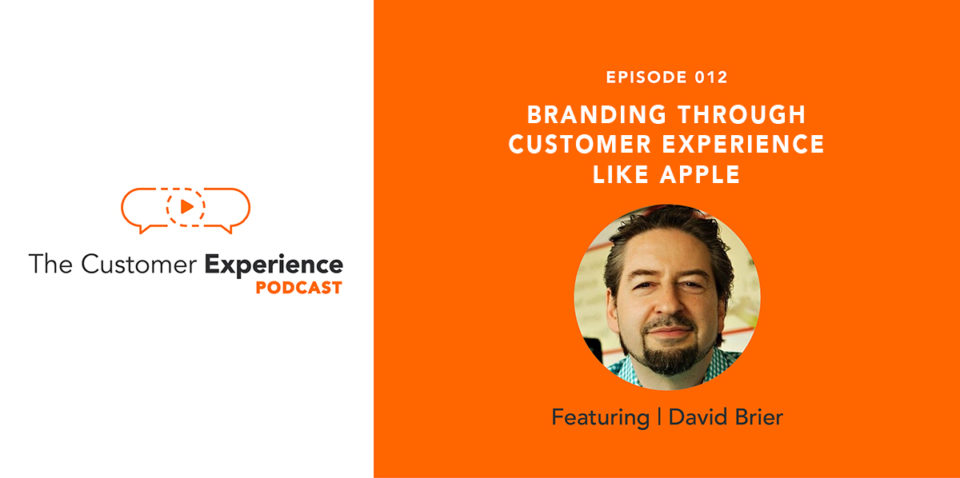
For better or worse, your customer’s experience is your brand – the collective thoughts and feelings with which they’re left based on all their touchpoints with your people, product, and everything else associated with you.
So, how do you make your branding win in the long term?
To find the answers, we spoke with David Brier, Chief Gravity Defyer at DBD International, a branding consultancy and agency. He’s the author of Brand Intervention: 33 Steps to Transform the Brand You Have into the Brand You Need.
Related to the gravity theme in his title and to his domain (risingabovethenoise.com), two factors are weighing down brands.
One is the ever-increasing amount of noise out there. How do you not add to it, but still be a singular voice that’s meaningful?
The other is to ensure that you, as a brand, as an organization, do not fall into the brand hell of using predictable cliches. Because that will suck the life out of a brand faster than a room full of politicians, as he explains in this short video clip …
David gets into all that and more in a high-energy and insightful conversation about branding, differentiation, and customer experience.
Branding Through Customer Experience with David Brier
Listen to The Customer Experience Podcast in Apple Podcasts, Spotify, Google Podcasts, or Stitcher.
I also embed a recording of each conversation into episode-by-episode blog posts like this one.
Hear the entire conversation with branding expert David Brier right here …
Listen to “12. Branding Through Customer Experience Like Apple w/ David Brier” on Spreaker.
Not yet subscribed to the podcast? Click here!
Crafting Exceptional Customer Experience as a Brand
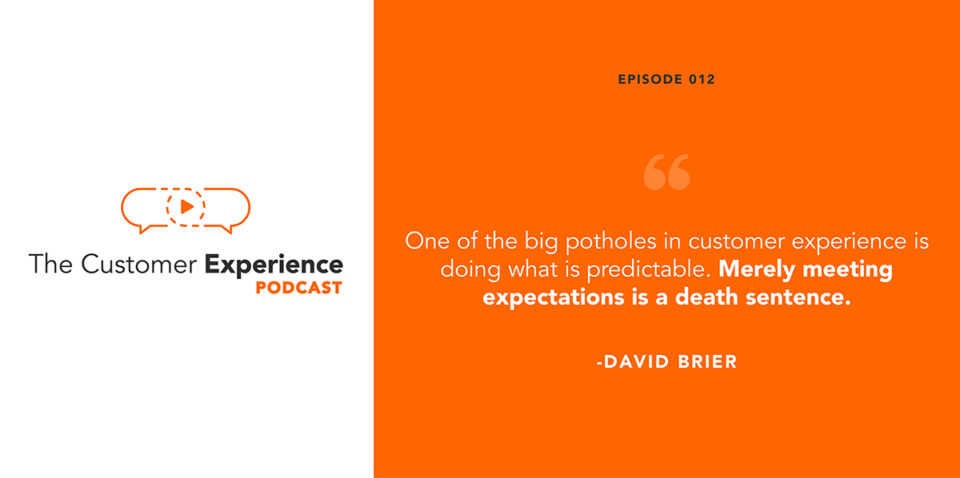
Any organization that merely does what is expected of them … their days are numbered. They’re not giving you any more than what you expect.
“If I’m going to give you the same experience as any of my competitors, why are you going to come back to me?” says Brier. “Why is our relationship going to be considered valuable by you? Why are you going to be loyal to me? The customer has no incentive to do that.”
In this video clip, David explains further the need to exceed expectations …
For Brier, the key word for customer experience is empowerment. If you feel bigger, bolder, freer, more liberated, more empowered at the end of an interaction with the brand, you completed a transaction.
Take Apple’s Genius Bar, for example. Before the Apple Store opened, getting tech support for any device on the helpline or at your local Best Buy was a bureaucratic nightmare of waiting and upsell.
“In a brilliant move, Apple moved the Genius Bar into their stores. You as a consumer now have an experience that’s exceeding expectations,” says Brier. “It wouldn’t have worked in Best Buy because they aren’t known for being a people-centric culture.”
And the exit? It’s through the gift shop – the gorgeous showroom of Apple’s products.
Here’s David’s take on empowering your customers …
So How Do You Improve the Customer Experience?
What’s the benchmark for what is expected? If the norm is XYZ, how can you do a better XYZ? Or how could you do UVWXYZ? Because that 5%, 10%, 15% more can be a very slight investment on the part of an organization, yet could be the pivoting point that makes a difference in terms of customer experience.
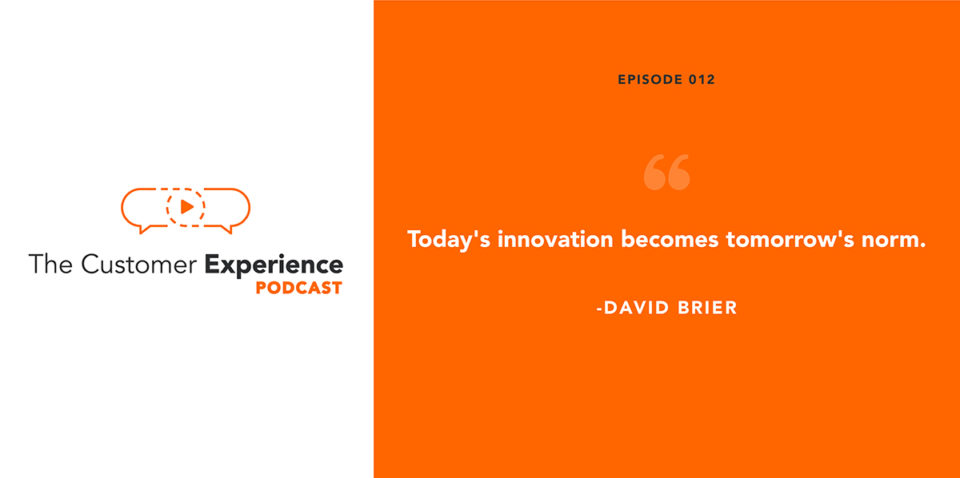
Look at fast food giants like McDonald’s, Burger King, and Wendy’s today versus ten years ago. The number and variety of items have exploded. Today they cater to taste profiles that 10 years ago, would have gotten you laughed out of their corporate headquarters. Now they’re mainstream.
“Constant evolution is the normal way to do business, it’s not the exception. It has to become the rule,” says Brier. “Complacency is the work of the dark lord from Harry Potter.”
Here, he explains why innovation is the norm …
Playing the Long Game
Anyone can develop a one-hit wonder. To go the distance you need to know what separates the long-term winners from the short-term winners in the innovation game.
“The long-term winners realize that every time they reach a milestone, that’s a new start. Basically, there is no finish line,” says Brier. “Whereas when the short-term winners hit a milestone, they coast.“
Using Apple again, before they released the first iPad, Steve Jobs wanted to focus on the next three versions. He wanted to anticipate how his competition would copy Apple and what improvements Apple would have ready. He wanted to stay three steps ahead.
“He was already planning on its obsolescence based on his own innovation, not waiting for somebody else to come along,” says Brier.
Why Another Book about Branding?
Brier is the author of Brand Intervention: 33 Steps to Transform the Brand You Have into the Brand You Need. The question is why?
“I started looking at branding from the standpoint of how do I simplify this?” recalls Brier. “Six years ago I went to Amazon and typed in ‘branding books’ and there were over 6,300 books. That blew my mind.”
Today the total is over 9,000. If you read one branding book a day, it would take 24.64 years to get through them all.
So what is Brier’s unique take on branding?
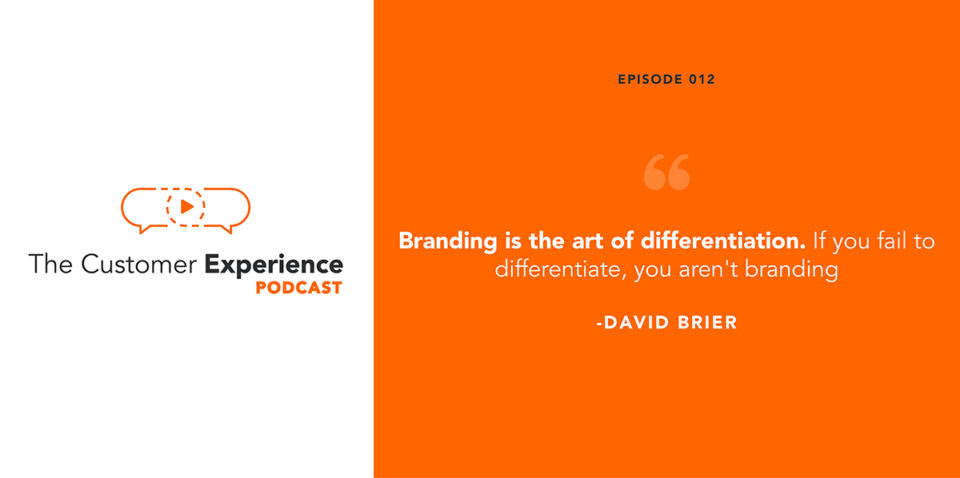
“Branding is the art of differentiation. If you fail to differentiate, you might be making something prettier, or sound cooler by rewriting its copy. You might be getting it more distribution points,” says Brier. “But if you are not differentiating, then you are not branding.”
Here’s the unique and specific insight that led David to take on the thousands of existing branding books with another …
The Cost of Failing to Differentiate Can Be Fatal
Take any two items, like two different brands of water, for example. If customers don’t see anything to differentiate the two, they will ask the ultimate differentiating question: which one is cheaper?
“If a company, whether they’re offering a service or product, fails to deliver differentiation, the consumer will do it on your behalf,” says Brier. “That’s why you get these races to the bottom of undercutting. Those categories where that’s happening have failed to differentiate to add value.”
Differentiation is synonymous with adding value.
David talks differentiation in this clip and explains how the difference of receiving a video email demands attention …
This post is based on an interview with David Brier, Chief Gravity Defyer at DBD International.
You can contact David Brier via LinkedIn, his YouTube channel, or his website, where you can subscribe to his emails or download his free ebook The Lucky Brand.
To hear this episode, and many more like it, please subscribe to The Customer Experience Podcast.
Subscriptions, ratings, and reviews in Apple Podcasts are critical to a podcast’s success.
If you enjoyed this conversation and want to hear from upcoming guests, take a minute right now and …
1. Go to The Customer Experience Podcast in Apple Podcasts
2. Subscribe or
3. Give a rating or
4. Write a short review
Just a minute of your time really helps the podcast!
If you don’t use Apple Podcasts, you can listen to episodes on Spotify, Google Podcasts, or Stitcher.
Hear from These Experts on The Customer Experience Podcast
Coming Soon:
- Customer experience expert Joey Coleman (Never Lose a Customer Again)
- Marketing leader Samantha Stone (Unleash Possible)
- Sales leaders like Jeremy Donovan (SalesLoft) and Charles Green (Trusted Advisor)
Listen Now:
- Branding expert Kurt Bartolich (GUTS Branding)
- Sales and marketing pro Steve Pacinelli (BombBomb)
- Customer experience keynote speaker David Avrin (Visibility International)
Build your brand by getting face to face.
The customer experience builds your brand. Make it more personal and human by getting face to face with your team members, prospects, customers, parnters, and others with simple video messages in place of your plain, typed-out text.
All it takes is a smartphone or webcam – and it’s easy to do once you know how to do it.
Your definitive guide better business communication is available right now for individual or bulk orders.

